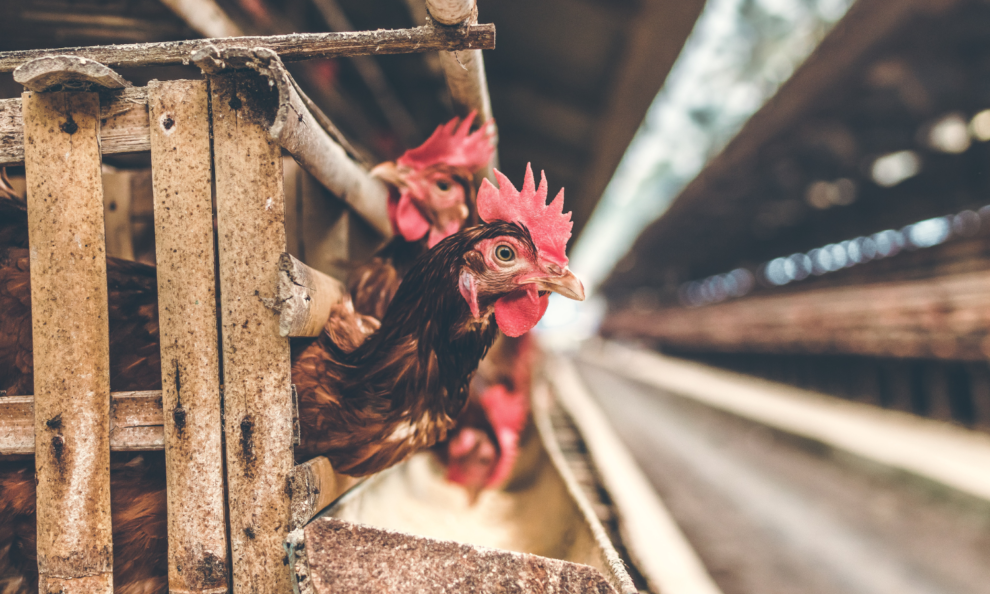Harvard Law School and New York University recently released a report on Animal Markets and Zoonotic Disease in the United States. The report reveals how lack of transparency and regulation in animal and livestock markets have the potential to trigger the next global pandemic.
“There are a wide range of animal industries that we rarely see or think about — and some that most Americans have never heard of,” Ann Linder, Associate Director of Policy and Research for the Brooks McCormick Jr. Animal Law and Policy Program at Harvard Law School, tells Food Tank. “But each of these industries carries disease risk and each activity tends to make the others more dangerous as pathogens and animals can move from one industry or supply chain to another.”
The report explores 36 distinct consumer-facing animal markets, including large-scale production for food, hunting, fishing, and trapping, pet trade, and entertainment. Through documenting each market’s supply chain, surrounding regulation, and potential risk for zoonotic disease, the authors developed a Market Risks chart. The chart evaluates the level of risk for each market by considering various factors and conditions related to zoonotic risk, as well as the measures taken to mitigate them.
Linder, who is also an author of the report, says that the system in which these animal markets are managed could contribute to an overall lack of regulation.
“Many of the issues we observed arose when there were gaps between different agencies or between different levels of government,” Linder says. “Those gaps can create significant holes in regulation, made worse by siloing between agencies.”
According to the report, there is not a unified federal or state authority responsible for the prevention, detection, and regulation of zoonotic disease. Rather, regulatory control is divided among a spectrum of different government and state agencies. Each agency is tasked with overseeing particular types of animals or activities, but oftentimes, these distinctions are made along arbitrary lines.
Linder explains, “captive wildlife fall outside the jurisdiction of the USDA, whose primary focus is livestock, and they also fall outside the purview of the U.S. Fish and Wildlife Service which focuses on free-roaming wildlife. They fall between the cracks and the fault lines between these different agencies and, in some cases, are left completely unregulated altogether.”
Linder highlights how these gaps in regulation across the meat industry also present several opportunities to improve these systems of production in ways that would promote animal health and welfare while also discouraging the spread of zoonotic disease.
“There are also emerging alternatives that might reduce our dependance on systems of production that carry these kinds of vulnerabilities and offer a broader range of food options in the future,” Linder tells Food Tank.
The report outlines policy challenges to reduce disease risk in the United States. The challenges are loosely organized into three categories: foundation, design, and function. At a foundational level, risk can be mitigated through increased visibility and interconnectedness of industries. Design touches on the structural issues that undermine regulation, calling for increased funding, more organized jurisdiction, and heightened awareness of animal markets in the public health sphere. The functional aspect examines the current limits and pitfalls that hinder agencies’ ability to effectively implement regulations, resulting in reactionary response, silos between agencies, and inequities in disease risk.
According to Linder, closing the information gap is one of the first steps toward addressing these challenges and informing a more comprehensive approach to reducing zoonotic risk.
“By looking at these industries alongside the risk they pose, we’re better able to make clear-eyed assessments about whether that risk is justified and where it could be reduced,” says Linder.
Source : Food Tank










